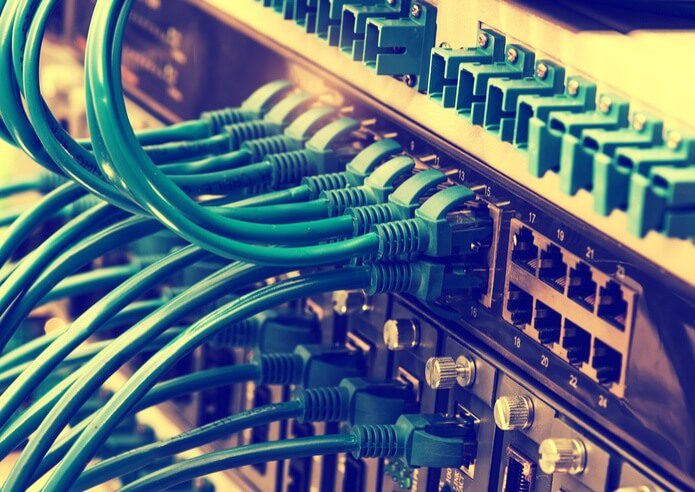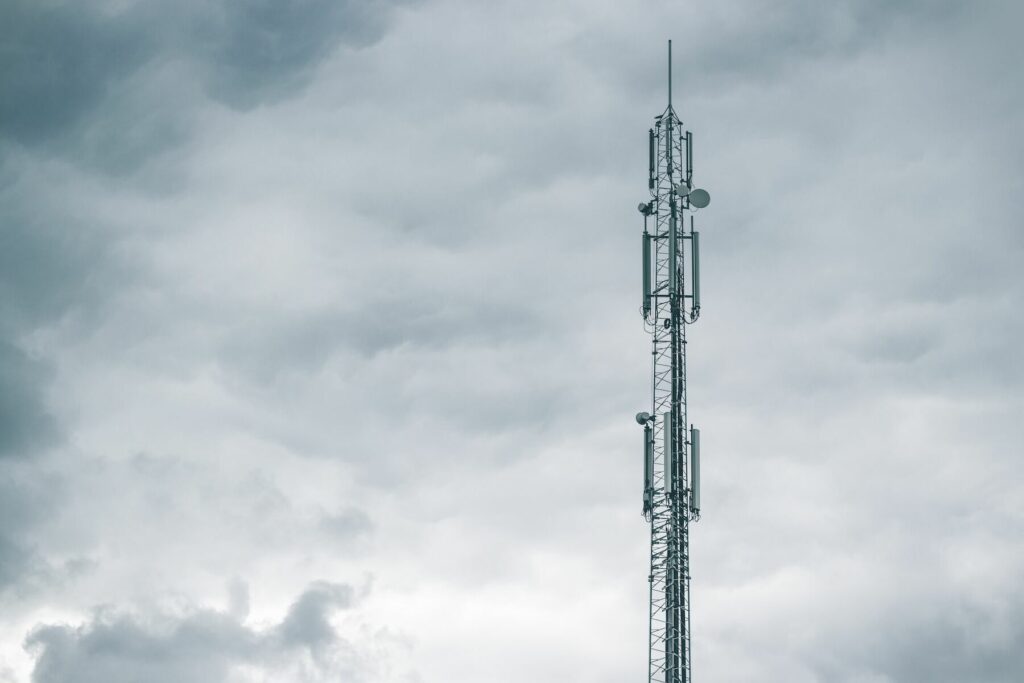Developed more than two decades ago, the process establishes a direct connection between the user and the device.
Direct connections are frequently made within a closed network that has no internet access. They are entirely configurable, enabling you to comply with your network environment or security policies.
Compared to the other main remote access connection method, cloud connectivity, direct has specific advantages, which we’ll outline in this post. The method you opt for will depend on several factors. Your business may have some use cases where direct connection is preferred over cloud and somewhere cloud is better than direct. If that’s the case, it may be wise to find a vendor that offers both, so you aren’t restricted in what you can do.
Closed networks
Direct connectivity does not require an internet connection. It can be used within a closed network such as a LAN. With a direct connection, endpoints never communicate with third-party servers. Instead, the connection is established, and the session maintained, entirely between the device you are using to take control and the remote computer you want to control.
A direct connection provides full control of the route the connection takes, making it ideal for closed networks and security sensitive environments where it is critical to know the exact route of remote access traffic for audit and control purposes.
Better security
Because no third-party servers are involved in a typical direct connection, the opportunity for attack is minimized. When the network is exposed through a remote connection over the internet, there can be a risk of session hijacking or data hacking while the data is in transit.
Within a closed network, remote connections and sessions take place entirely within that network’s security environment. For this reason, direct connections are favored by enterprises and organizations dealing with sensitive data or other security considerations. There is no reason to expose data unnecessarily to potential attack by using a typical remote cloud connection if you don’t have to.
It is possible to make a direct connection across an external network. To do this, however, you must be able to configure every firewall that stands between the two computers. This setup provides precise control over a connection and its route. However, it can be difficult for the average user to accomplish and impossible if the connection has to pass through equipment they don’t control. A typical use case for this approach are remote workers, who need to access the company’s database from home daily.
If your company employs remote workers, or staff that is regularly on the road, cloud connectivity will be a requirement you need to consider.
Better performance
With a direct connection, transmission isn’t subject to the performance of a cloud service. The connection won’t be affected by internet traffic or service interruptions. Data doesn’t travel in between multiple switches and servers to reach the end user, making the entire experience more seamless. The user experience is better, which can help efficiency and productivity.
—————————-
While there are distinct advantages with direct over cloud connectivity in remote access software, your requirements and the different ways you will use remote access will determine which connection method is best for your organization.
You may find that the best approach is to seek a solution that offers both connection methods so as not to limit your options, and to avoid the hassle of switching to a different provider in the future if your needs change. The availability of direct and cloud connectivity will allow you to maximize the benefits that remote access offers to deliver value to your business.













